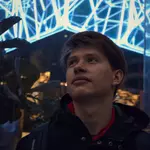Cocoon is the debut game by Danish indie studio Geometric Interactive. The studio was founded by former Playdead employees Jeppe Carlsen and Jakob Schmid. The former worked as a game designer on all Playdead games, including the highly acclaimed platformers LIMBO and INSIDE. And Jakob was the sound engineer of INSIDE, so the audience's expectations from the game were quite high. Cocoon is a sci-fi adventure puzzle game where we play as a beetle that carries worlds on its back, which are placed in spheres. Each sphere has its own peculiarity, which makes the gameplay exciting and offers a new experience even for those who have played dozens of indie games. The game is set in a world with mysterious structures and biomechanical devices created by an ancient civilisation. However, the game's plot is the third element of this puzzle. Most of all, the game attracts with its gameplay and world, which is filled with a mysterious and at the same time calm atmosphere. The gg editorial team has tried itself in the role of a beetle travelling through the worlds and will share its impressions to help you understand whether Cocoon is worth buying.
5 Reasons to Buy Cocoon:
- You want your brain to roll up into a tube and then unroll, 4 times over
- You're short on time and looking for a game that you can complete in one or two evenings
- You are a fan of Playdead games
- You need a game that you won't forget for a long time
- You want to support a small indie studio
1 Reason Not to Buy Cocoon:
- You have insectophobia (fear of insects)
Quick Menu:
- A beetle's journey through worlds within other worlds
- How to play the game
- Optimisation, visuals, and audio
- What we didn't like
- 5 things to know about Cocoon
A Beetle's Journey Through Worlds Within Other Worlds
There is no plot in usual understanding. Throughout the game, you will not encounter a single line of dialogue or cutscene, except for the final one. The developers knew that they could stand out thanks to the gameplay and the world of the game, and this bet paid off. Such games do not need a full-fledged plot, because then it will be much harder to stand out from other games. But the other elements of the game do their job, and throughout the entire playthrough, you really feel that you have been offered something you have not seen before.

That's why it's worth focusing on the game world. We play as a beetle (or its analogue, because our character has two legs, not paws) and find ourselves in the desert, where our 5-hour journey begins, during which we will have to visit several parallel worlds connected to each other. And in each of these worlds, there are objects that make it clear that there are no people here, but there is a mysterious civilisation that has created smart drones, robots, various mechanisms, platforms, structures and giant buildings. Perhaps the worlds that are in the spheres are also their work? And what exactly did this civilisation do? And this is what the player will have to understand by examining all objects in detail and analysing the situation. Although it is unlikely that you will be able to understand even half of the things during the first playthrough, because your attention is focused on puzzles. Just like in LIMBO and INSIDE, there are two options: play the game again or go to YouTube and watch videos of other players who have spent more time trying to understand what is happening.
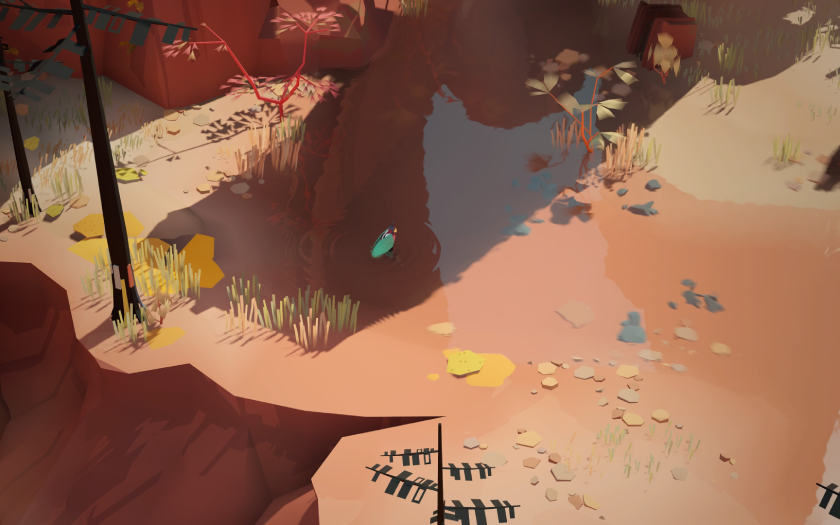
It is the mysterious world that makes you explore everything in the game to try to understand the emergence of high-tech devices and the existence of ancient creatures that once fully dominated this universe until the aliens came. It's so interesting that I completed Cocoon in one day and am still looking for answers to some questions. And remember that the game has a secret ending, but you'll have to find it yourself, because it's more interesting that way.
How to Play the Game
The gameplay is based on the spheres that the beetle carries on its back. There are 4 spheres in the game, but in order not to reveal all the surprises, I'll tell you about the first two. The orange one is the first to be found. It opens access to the sandy world, and if we carry it on our backs, it creates a connection between special bridges to get to another part of the location. The green sphere allows you to enter a world full of lakes and trees. If you walk with a green sphere on your back, you can raise or lower special poles with it, which also helps you move around the location.
You can place the spheres in two places: portals that will allow you to get to one of the 4 worlds and special mounts to activate the mechanism and go through a certain area or leave the sphere to replace it with another.
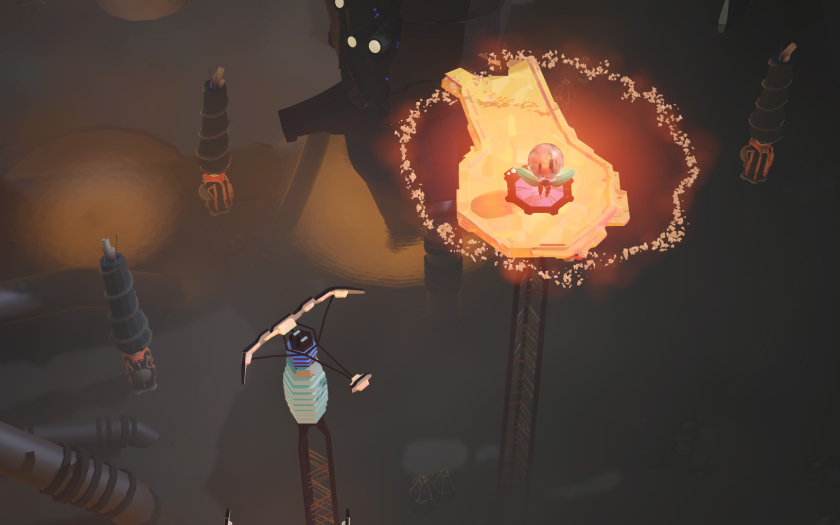
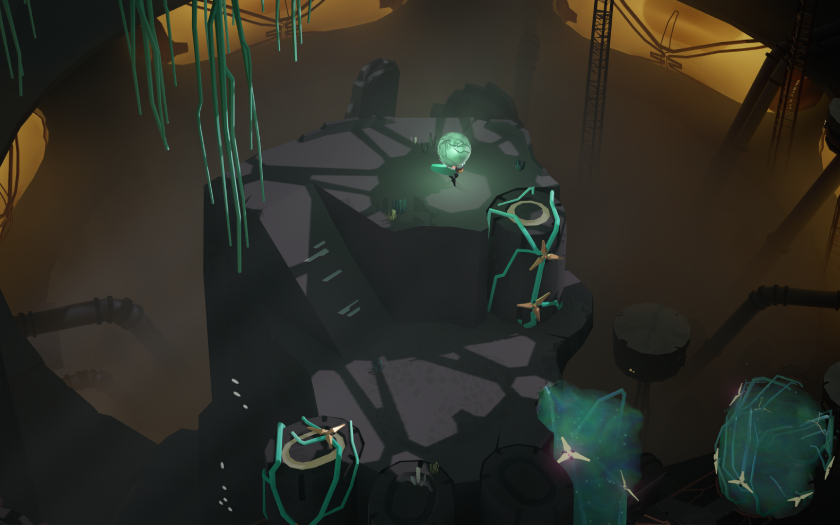
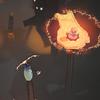
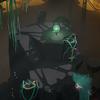
The yellow sphere helps to build bridges, and the green one helps to control ploughshares
And it is the puzzles related to the manipulation of worlds that take up 80% of the gameplay. Let me give you an example of one of the simplest ones to make it clear how it works. We have a special room where all our spheres are stored and one portal to get to one of the worlds. In the sand world, we need to cross the chasm, but to do so, we need to activate the bridge with a sphere, but we have already activated the orange one. We go to the portal that brings us back to the room, take the green sphere, return to the sand world with it, turn on the bridge with it, and we can safely go on.
And the further you go, the more spheres you have to use. For example, at the end there was a puzzle where the beam, if it hits the green sphere, turns on the platform, but at that moment the green sphere was in the orange one, and it was impossible to get it out. So, in the desert, you had to put the green sphere in the right place, and then adjust the beam so that it hit the sand world so that it would enter the green sphere and turn on the platform. But such puzzles appear at the end, when you have fully mastered all the mechanics of the game and understand what works and how it works.

A big advantage is that most of the puzzles are not long, and it only takes a few minutes to solve them. The main thing to remember is that sometimes the simplest option is the most effective. Although, of course, there were a few times when I had to think hard, it's a great feeling when you've solved a difficult task on your own and can move on.
Sometimes, we will also be assisted by the aforementioned drones and robots. The drones remove locks from some walls that do not allow passage and open special gates (more about them later). But the most interesting thing is to work with robots. If the drone has barriers on its way that you quickly deal with, then the moments with robots require you to calculate everything step by step and second by second, but it also adds variety to the gameplay.



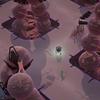
Drones and robots to help you move forward
And in between all this, you can look for the buried Moon Ancestors at the locations. There are 11 of them in total, and freeing them will help you better understand the world of the game.

But what awaits the player after the puzzles? Each world has a special gate that opens access to a new area and introduces the boss of a particular world that will be waiting for us at the end. And every boss battle is interesting. Firstly, all the bosses have a cool design and you need to find your own approach to each one. For example, the first one is a big wasp that drops crystals on the ground that kill us and we need to run away from them. To defeat the wasp, you need to wait for a strange creature to start running underground, find its trail, catch it and throw it at the wasp, and so on several times. Most bosses are defeated on the first try, but if you don't learn its attacks and abilities that are given during the battle with it, it will be difficult.

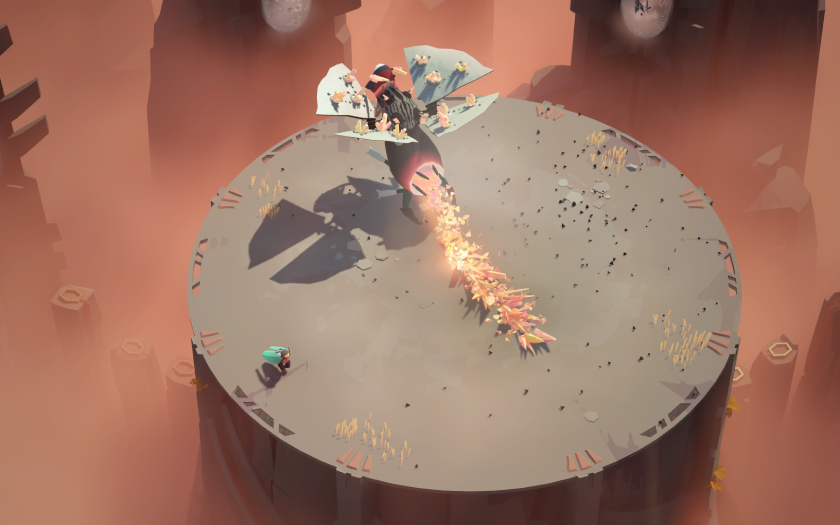


The first boss in the game
After you defeat the bosses, the game's events are temporarily transferred to an alien laboratory, where you will have to spend enough time and get to know the mysterious civilisation. And then the end of the story is close. It is also important to clarify that the game is as linear as possible, so you will not be able to get lost and not understand where to go next. This solution is perfect for those for whom Cocoon is one of the first indie games. So just go ahead, look around, and enjoy.
In general, the gameplay turned out to be interesting. Cool puzzles based on travelling around the world and manipulating objects, and interesting boss battles gave me an experience I hadn't had before. And considering that the task of games is to give the player something new, Geometric Interactive has done its job.

Optimisation, Visuals, and Audio
I played the game on PlayStation 5 and there were no problems with optimisation at all. The game consistently kept 60 fps all the time, and the transitions from one world to another are very smooth, remotely reminiscent of Ratchet & Clank: Rift Apart. Also, the game never crashed, I didn't encounter a single bug, and there were no cases when something didn't work correctly. The situation should be similar on other platforms, as people wrote that the game works well on Steam Deck as well. And given that just one key is enough to interact with absolutely everything, Cocoon is a pleasure to play.
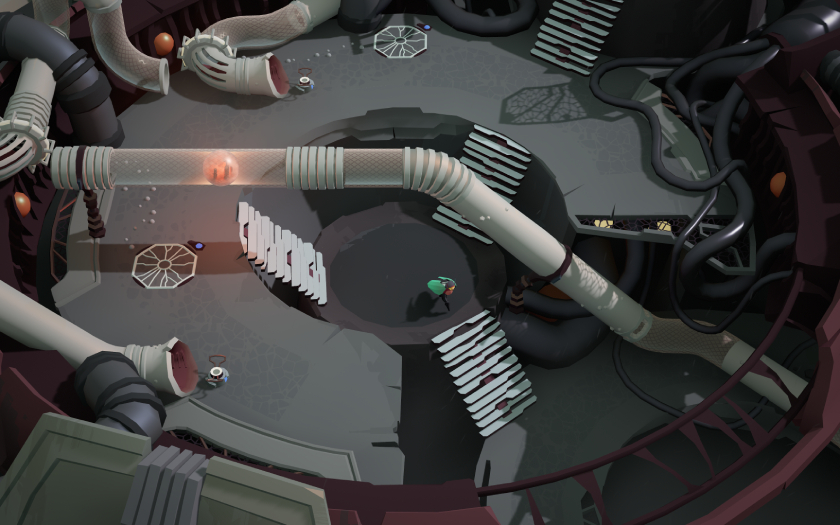
Vivid 3D Visuals
I really liked Cocoon visually. The picture is bright and eye-catching. And what a variety of locations there are: deserts, lakes, forests, caves, mountains, technology rooms, and more. This is more than enough for a 5-hour adventure. I took pictures of almost every area, because the graphics are pleasing to the eye and you don't want to stop looking at all the landscapes that the artists have prepared. However, words can't do justice to the game's beauty, so here's a selection of photos from the game, and if you're a fan of this visual style, get ready to take dozens of pictures.

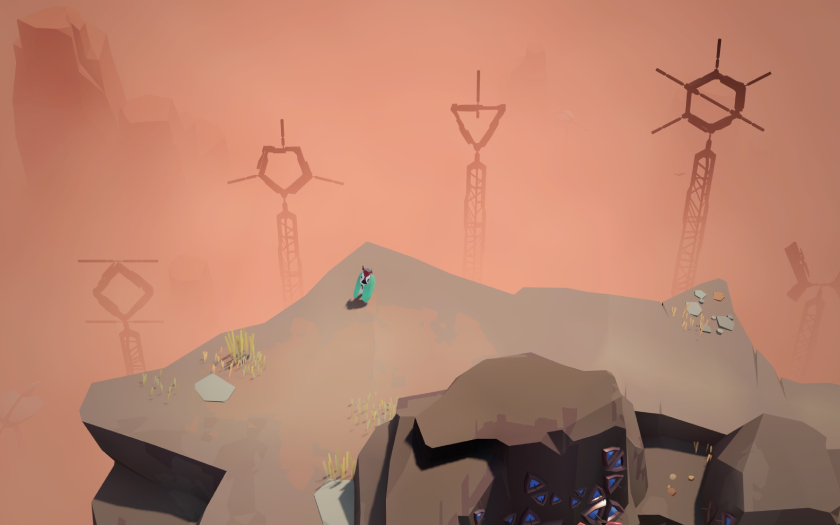

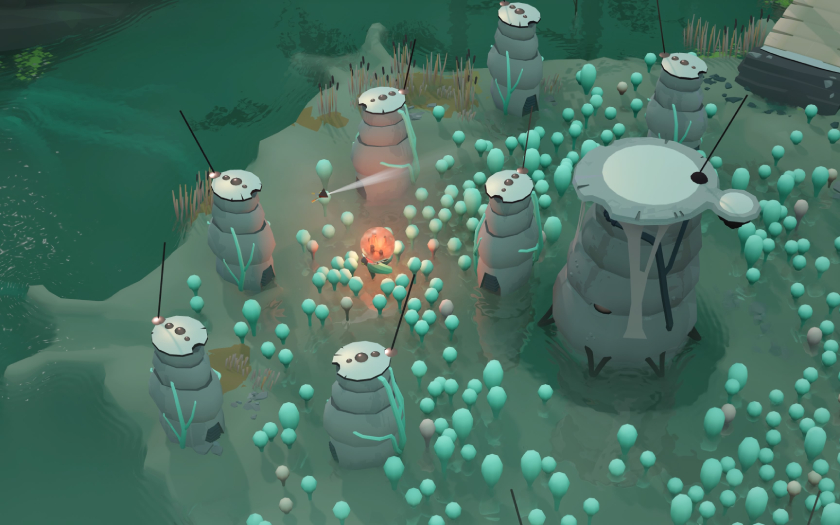
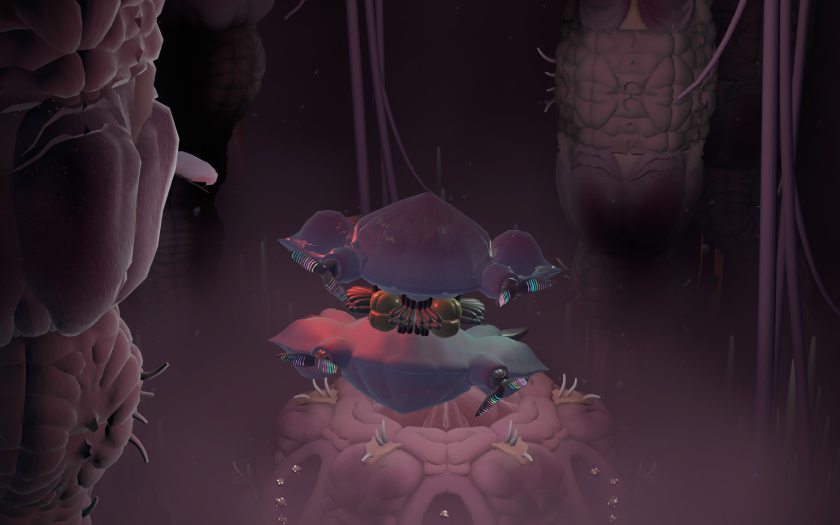
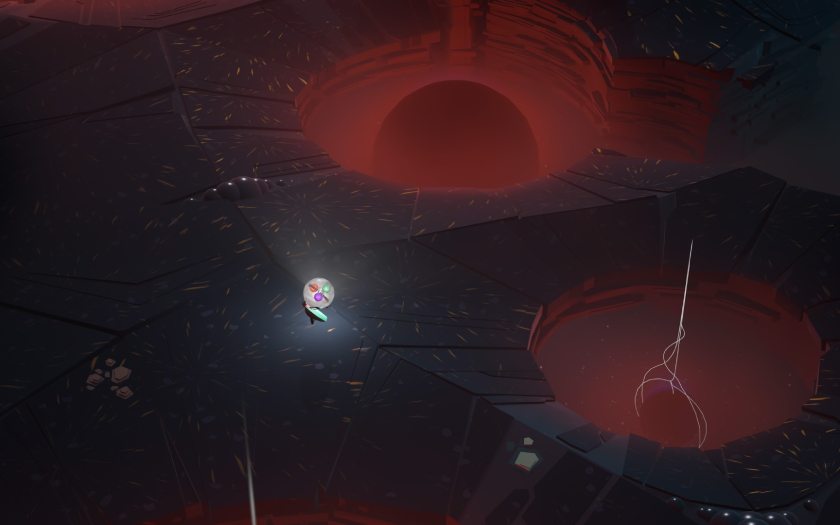
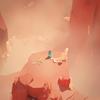


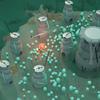
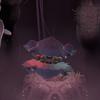
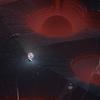
Vivid visual style and locations of Cocoon
Soundtrack Creating an Atmosphere of Tranquillity
Jacob Schmid has made sure that everything in the game sounds good. Each object has its own sound, and when objects interact with each other, for example, when a sphere rolls in a pipe, it also has a characteristic sound. And this makes you feel that this world is alive, not an empty scenery. At the same time, mostly calm compositions are playing in the background, and it would seem that we have puzzles, boss battles, and no time to relax? But that's the trick of Cocoon - it's mostly a meditative game where you seem to be constantly thinking and analysing, but at the same time you just enjoy the project and don't think about anything else. And this is thanks to the soundtrack, which immerses you in this state even more.

What We didn't Like
When we have completed 80% of the game and get to the analogue of an alien laboratory, the game seems a bit long. Although the authors value the player's time, and most of the puzzles are short and don't cause headaches, this particular episode seems a bit long, and I would cut it by about 30 minutes. After all, at this stage, the game has practically nothing new to offer, all the mechanics have already been learned, and you just complete another puzzle. What's interesting about this situation is that after 90% of the game, the game becomes interesting again, and this interest will last until the credits roll. So that last 10% of the game feels unnecessary. However, the situation can be saved if you complete Cocoon in two days to take a break and have a little rest from the game.
I didn't find any other disadvantages in the game. For me, Cocoon is a game that should be in the Indie Game of the Year nomination. Geometric Interactive has created a project that will have something to offer to those who have played a lot of similar games and even those for whom Cocoon will be one of the first indies.
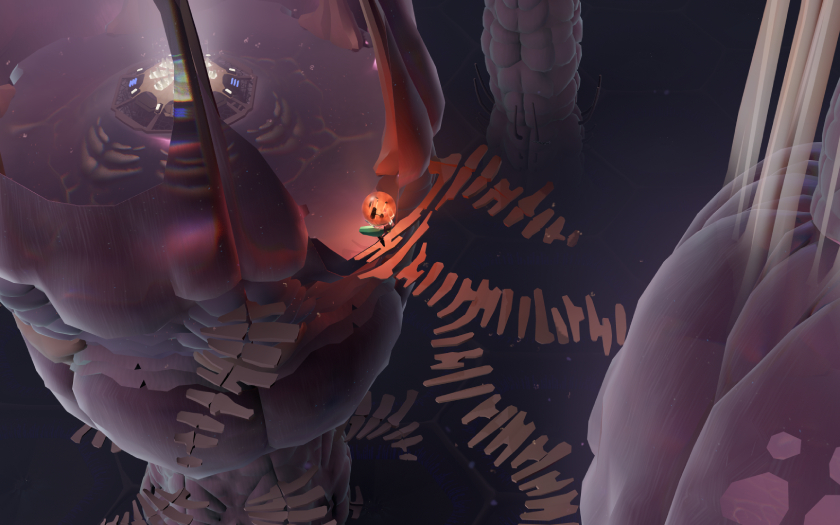
5 Things to Know about Cocoon
- Cocoon is an indie game created by the game designer of the famous LIMBO and INSIDE
- The main character is a beetle
- The authors value the player's time and do not overwhelm him with boring tasks, except for certain situations
- An atmospheric journey can be completed in just one day
- The game has been available on Game Pass (PC+Xbox) from the very first day, so you can try Cocoon for free and you won't lose anything from it
| Cocoon | |
|---|---|
| Genre. | Adventure, Puzzle |
| Platforms. | PlayStation 4|5, Switch, Xbox One, Xbox Series X|S, PC |
| Number of players | Single player |
| Developer | Geometrical Interactive |
| Publisher | Annapurna Interactive |
| Time to complete | 4-7 hours |
| Release date | 29th of September 2023 |
Go Deeper:
- The Cyberpunk we deserve: Impressions of Phantom Liberty - a storyline expansion for Cyberpunk 2077
- The crazy life of a diver working in a sushi bar: Dave The Diver review - an adventure game you will love
- Travelling with aliens in search of family: Review of the emotional indie game Somerville
- Miyazaki's wonderful mix of sci-fi and magic: a review of the 2D platformer Planet of Lana
- Suspense in a Martian mine: a review of the psychological indie game Fort Solis
The editorial team would like to thank fortyseven communication agency for kindly providing the game for review
